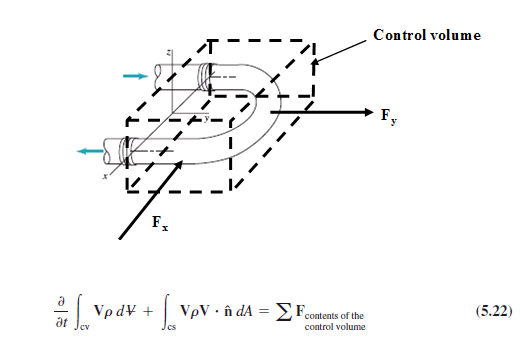

However, the issue with the admiralty design is that it can foul up the anchor owing to the arm that is not embedded in the ocean bed. It is used to pull the anchor towards the ocean bed or floor until one of the flukes finally digs into the bottom and settles in.ĭue to the descent, the fluke is forced into the bed under its weight and the additional force from the stock. A long bar attached to the intersection between the shank and chain links is known as the stock. The admiralty design uses two flukes attached to the central shank by arms perpendicular to the main axis. This is one of the most basic designs that use the weight of the anchor to drive the flukes into the bottom of the ocean. Books and casual diagrams depicting anchors in drawings often use the fluked design for inspiration, as it is mistaken for the structure of modern anchors. This design was most commonly used in ships belonging to the early British and Viking sailors.

Flukes are structures similar to the tines of a fork, that are used to provide grip and weight to the anchor. The fluked design uses flukes attached to the central arm of the anchor, commonly referred to as the shank. These are the – Fluked, Admiralty and Stockless anchor designs that are often still in use for small crafts and lightweight boats. Modern anchor designs that are extremely stable and able to easily grip on to surfaces are generally derived from three standard designs that have been used from the 10 th century onwards. An upcoming field of research is the use of multi-layer crossed fibres in composites to provide slightly better weight properties, without adversely affecting the strength of the anchor. Since composites are extremely light, these types of anchors provide a negligible effect in such situations. Besides, some mooring methods utilize the weight of the anchor to aid in holding down the structure still. However, the disadvantages of using such anchors are that the cost of development and large-scale manufacture is considerably more expensive. This means that compared to generic metals, even light reinforced composites structures can handle enormous amounts of load or strain. The advantage of using such materials is that they have a high strength to weight ratio. However, they can also be made from fibre-reinforced composites or polymers such as carbon-fibre. What Are Anchors Made Of?Īnchors are generally made of metals resistant to long-term corrosion that use suitable methods of protection such as electroplating and galvanization. However, certain offshore structures require permanent anchors to keep them connected to the bed of the waterbody since they remain at a single location for extended periods. Generally, anchors are meant to be temporary so that they can be reeled back on to the structure when the need arises. With the advent of oil rigs and other sub-sea structures deployed in the middle of large water bodies, anchors are used to connect these large semi-submersible structures to the seafloor. This prevents the rolling motion of waves from damaging vessels or other structures floating on water.Ĭonventionally, anchors were found onboard large vessels such as general cargo ships and tankers, to hold them in place either while being moored to the dock at the port, or if they required to be at a complete standstill in the middle of a sea or ocean. Image for representation purpose onlyĪlthough naval architects generally try to reduce drag as much as possible while designing moving structures to increase their straight-line speeds, drag can slow vessels down during storms so that they remain under the control of their propulsion system. Green water is a technical term for any water than is present on the upper decks of a vessel due to the partial flooding as a result of the natural motions of waterbodies. They provide a restoring drag that keeps the vessel stable and steady and prevents slamming of the bow or flooding through green water loading during unsteady conditions.īow slamming refers to the fore of the ship violently striking the water surface due to large waves that can cause structural deformations and failure. In addition, anchors can also act as drogues (positive drag mechanism) for ships and other such vessels during storms. Anchors achieve their purpose by either using their weight to hold structures in place, clamping on to the bed of the waterbody, or using a combination of both these techniques. An anchor refers to a nautical or marine equipment intended to restrict vehicle or structural movement in the water.


 0 kommentar(er)
0 kommentar(er)
